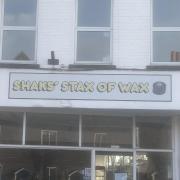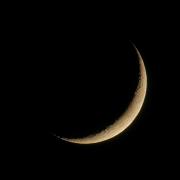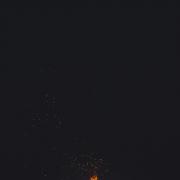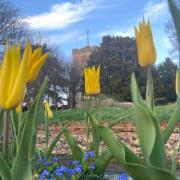
Museums at national parks and reserves are among the most overlooked places, however you can learn a lot from going to them.
Recently a new exhibition opened in the Sevenoaks Wildlife Centre, it shows what the reserve looked like all the way from the ice age up until now. They also show objects that can be found in the reserve nowadays, for example, a wasps nest and different eggs from different kinds of birds like the Blackbird and the Jay. As well as this they displayed look-alike models in a look-alike habitat to show the different types of animals that would have lived there in each time period such as mammoths and rhinoceroses. As well as this, they also spread awareness about how the wetland habitats are endangered.
The Sevenoaks Wildlife Centre used to be a gravel pit however was converted to a reserve by Jeffrey Harrison, nearly all the trees planted on the site were manually planted and the lakes and ponds were created by excavating and flooding former gravel workings with water from the River Darent. The centre opened in 1987 and this made it the first gravel pit conversion in the UK. It received a lot of support “at a time when wetland habitats are disappearing at an alarming rate, it demonstrates the enormous potential which exists for creating new habitats for wildlife as well as conserving existing ones.”- Sevenoaks Life October 2007.
The Sevenoaks Wildlife centre has a number of different birds, plants, bugs and fungi. Over 2 thousand species have been identified. The nightlife there includes bats and glowworms. It is 73 hectares and is made up of five lakes surrounded by woodland, there are a few ponds, seasonally flooded pools as well as grassland and small areas of reed-bed, the clear water of river Darent flows through the northern part of the reserve and supports a reasonable population of invertebrates and fish. Some popular activities there include fishing, bird watching and hiking as there are a number of walking trails around. There are many different places and birds you can look at, for example green snipers in by the lake, reed buntings in the reed bed during the summer and different species of woodpeckers in the trees.
I spoke to the local shopkeeper, Peter, who has been working with Kent Wildlife trust for 9 years who said that "people come all year round’ however more come in summer because of lighter days and evenings as well as there being more events" .But despite this he said "birdwatchers come any time of year" he also said that the biggest struggles is antisocial behaviour.
Thinking of visiting? For further information the website is https://www.kentwildlifetrust.org.ukday



























